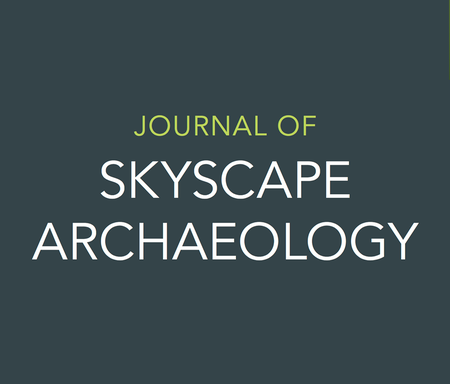
‘Very Large Array With Stars’. Photo credit: Malcolm Park
The history of astronomy intersects with the study of religion in a variety of ways — not least of which being the ways in which astronomers parse and experience the night sky.
In the documentary, Star Men, which premieres September 3rd, 2015 at the 35th Cambridge Film Festival, filmmaker Alison Rose accompanies four English astronomers, Drs. Donald Lynden-Bell, Roger Griffin, Wal Sargent and Neville Woolfon, on a return road trip to the U.S. southwest as they revisit the astronomical adventures and discoveries of their youth, with their Union Jack flag in tow.
As the Star Men web site describes the astronomers’ pilgrimage to their old observing sites:
In old age and facing death, their journey through memory and the breathtaking landscape provokes them to reflect on how their profound work on the universe has reflected back on the individual, affecting their sense of religious faith, how life may have purpose, and what is knowable and unknowable.
Filmed in California, Arizona, New Mexico and Utah, the film features POV narration, and draws a character-driven, intimate portrait of friendship as the men travel from the century-old telescope on Mt. Wilson through a progression of larger and more powerful observatories. They pause at the Grand Canyon, and re-take a hike that nearly defeated them when they were young.
As blogger Barbara Kiser points out, although Star Men tells the story of the advances in astronomy taking place place fifty years ago, this film transcends the science itself, highlighting the core themes of aging, illness, death, and ultimately, meaning, set against the starry background of the cosmos. Through the eyes of the film’s subjects, the audience is privileged to explore “the worth of human spaceflight to religion, extra-terrestrial life and mortality.”
Which is, after all, precisely what historians of science and religion are reaching for as well, albeit from a slightly different direction.



